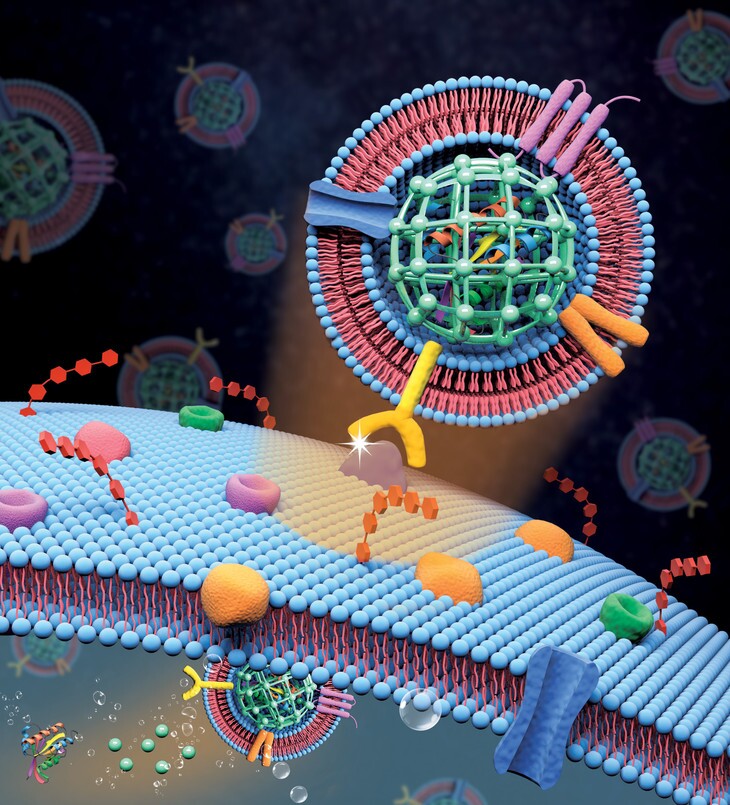Cancer has a few tricks up its sleeve to defend itself from the body's immune system, but a new therapy designed by researchers at Penn State has now turned one of those tactics against it. The team camouflaged a cancer-killing drug using cells from the tumor itself, allowing them to sneak medicine past the tumor's defenses like a nanoscale Trojan horse and deliver a killing blow from the inside.
Once it sets up shop somewhere in the body, cancer puts up "walls" of blood vessels that are hard to get drugs past, and at the same time disguises itself from the immune system using particles called extracellular vesicles. Drugs can also have trouble surviving the journey. Previous treatments have tried to overcome these hurdles by wrapping drugs in spider silk, attaching gold nanoparticles to white blood cells so they can hitchhike into tumors, or having antibody-coated nanoparticles latch onto tumors before alerting the immune system to attack.
For the new work, the Penn State scientists decided to turn cancer's craftiness against itself. First, they developed nanoparticles made of metal-organic frameworks (MOFs), which pack an extremely high surface area on the inside. That allows them to carry quite a high amount of a given payload – in this case, a natural toxin called gelonin.

Then comes the camouflage. The researchers harvested extracellular vesicles from the tumor, and used them to wrap up their nanoparticles. That has a two-pronged benefit: for one, it hides the nanoparticles from the immune system, which might mistake them for dangerous invaders and destroy them. Plus, it guides the particles to where the tumor is hiding, then fools the cancer into letting them through the gates.
Once inside the cancer cells, the nanoparticles begin to dissolve thanks to the higher acidity environment, releasing the gelonin to kill the cell.
"We designed a strategy to take advantage of the extracellular vesicles derived from tumor cells," says Siyang Zheng, senior author of the study. "We remove 99 percent of the contents of these extracellular vesicles and then use the membrane to wrap our metal-organic framework nanoparticles. If we can get our extracellular vesicles from the patient, through biopsy or surgery, then the nanoparticles will seek out the tumor through a process called homotypic targeting."
The team tested the technique in small animal models with promising results. And because MOFs can carry so much, fewer nanoparticles are needed, meaning there's little toxicity to healthy cells. The researchers say that the concept could also be applied to other drugs that need to avoid the attention of the immune system.
The research was published in the Journal of the American Chemical Society.
Source: Penn State University





